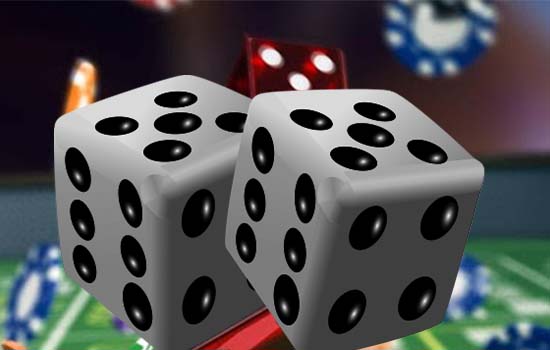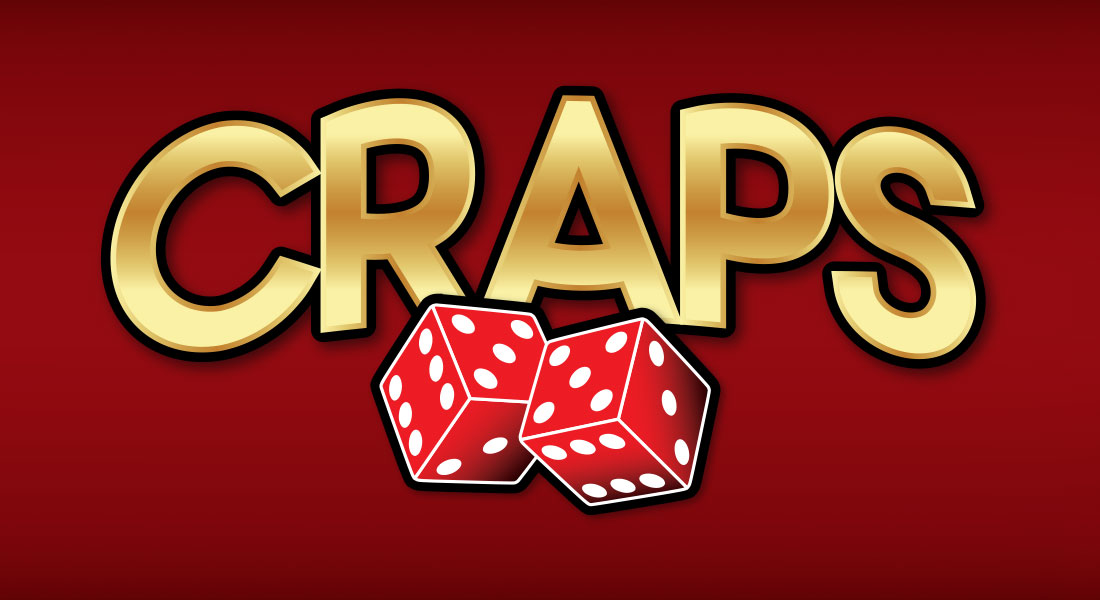Modern gambling entertainment is no longer just about luck, but also about strategy, calculation, and betting control. Craps stands out as one of the fastest and most complex dice games. To understand how to play dice as a beginner, it’s important not only to learn the rules but also to grasp the essence of the game. Knowing when to place a bet, how to react to a roll, and which moves minimize risk is crucial. Without this understanding, it’s easy to lose the bank in the first round.
The simplest rules for playing dice for beginners
A craps game starts with a come-out roll, the first roll of the dice. The player, known as the “shooter,” rolls two dice. If they roll a 7 or 11, the Pass Line bet is won. If they roll a 2, 3, or 12, the bet is lost. Any other value (4, 5, 6, 8, 9, or 10) becomes a “point.” The goal is to repeat the point until a 7 is rolled.
This is how the basic rules of the dice game look. The real depth of craps lies in the system of betting, managing chances, and analyzing the behavior of other players.
How to Play Dice as a Beginner: A Strategy
 Starting a game without understanding the psychology of craps is like jumping into a pool blindfolded. A beginner should avoid complex bets and focus on the Pass Line and Come Bet. The most transparent and profitable from the point of view of mathematics. These actions provide a minimum casino advantage of 1.41%. This is considered one of the best indicators in gambling.
Starting a game without understanding the psychology of craps is like jumping into a pool blindfolded. A beginner should avoid complex bets and focus on the Pass Line and Come Bet. The most transparent and profitable from the point of view of mathematics. These actions provide a minimum casino advantage of 1.41%. This is considered one of the best indicators in gambling.

How to play dice for a beginner becomes a critical issue at the moment of the first series of rolls. Mistakes here are almost always irreversible.
Odds and strategy
Craps is a game of probabilities. For example, 7 is the most frequent value, with a probability of 16.67%. Therefore, betting against the point (Don’t Pass, Don’t Come) is technically more advantageous: the chance of 7 is in their favor. Most players avoid these bets for psychological reasons. They bet against the shooter, which creates tension at the table.
The core of a craps strategy is always based on a probabilistic model. The basic recommendation is to fix the size, use Odds Bet (an additional bet that does not have an advantage for the house), and avoid betting on unlikely outcomes.
Placing bets
Bets in craps are divided into main bets (Pass Line, Don’t Pass, Come, Don’t Come), additional bets (Odds), internal bets, and exotic bets (Field, Proposition Bets). Only three of these bets offer a real chance of winning over the long term.
Betting decisions in craps require strict discipline. The optimal approach is to use a “double protection” strategy: a basic bet plus an Odds bet. This reduces risks and increases potential returns.
How to Play Dice as a Beginner: A Clear Action Plan
A clear action plan helps to optimize behavior at the table. A list to remember:
- Start with Pass Line and Odds — the easiest and safest tactic.
- Avoid exotic bets — Field and Proposition Bets give the casino up to 16.9% advantage.
- Set a loss limit — a fixed bankroll protects against impulsive decisions.
- Use Come/Don’t Come — gradually increase without increasing the risk.
- Ignore “luck systems” — superstitions do not affect the probability of dice rolls.
- Stopping in time is about following the rule of leaving the craps table when you double the pot or have three consecutive losses.
One of the main skills is to end a session on time. Experienced players set an exit point in advance: at +50% profit or −30% of the bank. This model protects against impulses. Without it, even a strong strategy cannot save you from losing your bankroll.
How to win at craps: not by intuition, but by logic
Players who want to know how to win at craps mistakenly look for “hot numbers” or wait for “runs.” Dice don’t remember the past. The only defense is math and strategy. Betting on 6 and 8 combined with Odds reduces the house edge to 0.6%. This is the best house edge after blackjack.

Professionals analyze not only the odds but also the behavior of other players, the rhythm of the game, and the atmosphere at the table. Visual patterns and psychological cues often provide better insights than probability tables.
Proper training means fewer losses
Ignoring the initial stage of learning results in great losses. A simple craps simulator gives you the opportunity to practice the mechanics and learn how to manage bets.
Training 50 throws per day for 2 weeks is the minimum amount of training. Even experienced players regularly review their own craps strategy to eliminate unconscious mistakes.
How to beat a casino
The tactics of success in craps often lead to risky strategies. Casinos purposefully build their model on a mathematical advantage. The only way to reduce it is to use minimally unprofitable bets, keep the bankroll under control, and stop playing when the limit is reached.
The mathematical model of winning is 1 victory per 3-4 sessions, provided that the strategy is strictly followed. However, the casino always counts on a long-term perspective, where statistics work in its favor.
Tips for Craps players
Useful tips for beginners in craps do not tolerate abstractions. It is important to focus on behavior rather than theory. Professional players follow several unbreakable rules:
- ignore superstitions at the table;
- analyze the shooter’s behavior;
- record the cycle of wins and losses (cycle ≈ 15-20 throws);
- control the number of active bets simultaneously;
- take pauses after each series of won points.
The “win-break, lose-pause” tactic stabilizes the psychological state and minimizes risky actions without analysis. For a beginner, playing dice does not mean betting every round. Often, winning comes from patience.
Conclusion
 A beginner in craps has a choice: to play by chance or to develop strategic thinking. The first path leads to losses, while the second leads to control and stability. How to play dice as a beginner is a matter of approach. Discipline, analytics, and knowledge of probabilities are more important than excitement. Without them, the game is just a beautiful trap.
A beginner in craps has a choice: to play by chance or to develop strategic thinking. The first path leads to losses, while the second leads to control and stability. How to play dice as a beginner is a matter of approach. Discipline, analytics, and knowledge of probabilities are more important than excitement. Without them, the game is just a beautiful trap.
 en
en  de
de  ar
ar  es
es  hi
hi  fr
fr  nl
nl  ru
ru  it
it  pt
pt  el
el 










